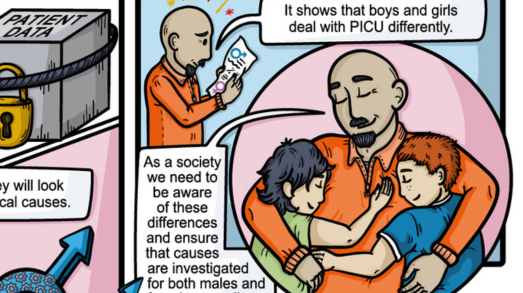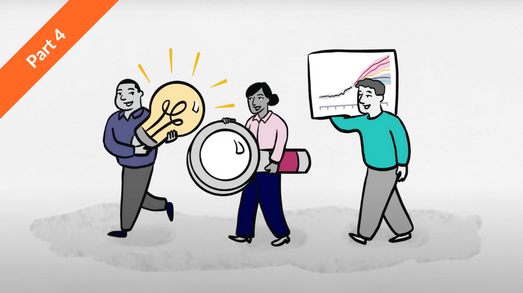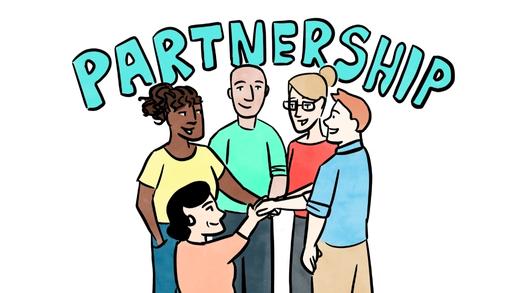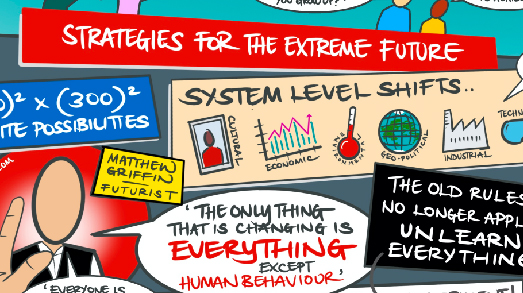Many meetings, particularly in the context of team performance, visioning and business planning, benefit from a review of the past and/or a look to the future. Maybe in your meetings you have co-created some form of timeline, exploring and sharing together what happened from a specific point in time to present day on a large chart, or maybe you have developed a vision of the future and the steps needed to get there.
The timeline is a superb tool and, if you’ve not tried it, I recommend you visit the Timeline Tool (below) in my book ‘Meet with Impact’ where you can find an example, suggested process and many helpful tips to make it happen in your meetings.
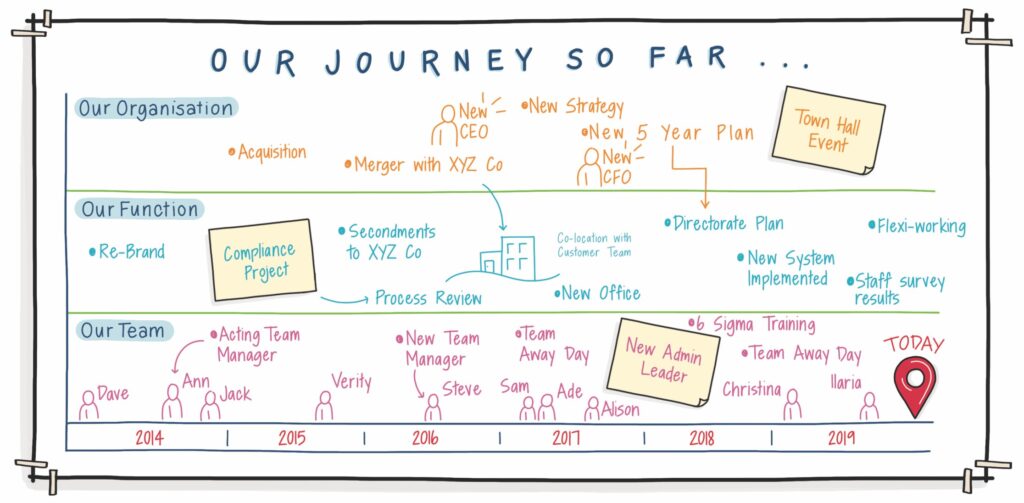
Before choosing and designing a specific timeline tool, there may be a different way of looking at the mapping of a team journey, function or business whether it be in the past or the future, and that is to firstly focus on the type of story/narrative you wish to use. Here are four perspectives…
The Linear Story: Linear stories capture what happened in the order that it happened (“this, then this, then this…”). They are great for plotting the history of the team or business up to the present day and take into account the different and unique perspectives of the team. A linear story can be long or short, detailed or summarised, there’s no right or wrong answer. Additionally, using several “frames” or “lenses” to plot your story such as key people, significant events, products, business results and culture etc. can be very helpful to build a much fuller picture (you will notice that the timeline example above is split into Our Team, Our Function and Our Organisation).
The Non-Linear Story: Non-linear stories share a similar narrative to linear stories, in that the full history is covered, however the creation of the narrative is dynamic, rather like a movie thriller where one minute you are in present day and the next several years earlier. Non-linear stories are great for keeping your meeting participants engaged as the story develops. This requires careful facilitation to ensure the group follows the process effectively. You might choose to split your group into smaller sub-groups, with each focussing on a distinct part of the timeline, then coming together to view the wider narrative. Why not facilitate the whole by taking a non-linear approach?
The Quest Story: The quest story is all about the pursual of the big audacious goal, whatever that might be. Adventure stories such as Tintin encapsulate this approach. In this context the story is all about what happened, or needs to happen, in order to reach that ideal goal. Quest stories are also super for future planning and visioning by focussing the team on what needs to happen in order for the vision or big goal to be achieved. Rather like a set of explorers the team are the curators of their story and can tell it from their own perspective or from another’s, which leads us on to…
The Point of View Story: The Point of View (POV) story is seen and told through the eyes of someone different from the storyteller(s). For example, this could be through the eyes of a customer, a team in another part of the business, the boss, or any key stakeholder. The challenge (and opportunity) with this story is to place oneself in the shoes of the other person and tell that story from their perspective. The beauty of this approach is that it encouarages the team to think outside of their own narrative, which often leads to surprising insights.
In summary:
- Linear stories are great for telling and capturing stories of what has already happened.
- Non-linear stories are effective for telling and capturing the story, and doing it in a way that makes the process more engaging.
- Quest stories are powerful methods of explaining how the team either achieved a big goal or intends to reach a goal or vision of the future.
- Point of View stories are very useful for looking backwards or ahead, and encourage the team to see and tell the story through the eyes of another.
———
Content taken from ‘The Visual Meeting Coach’ LinkedIn newsletter by Tom Russell. To subscribe to Tom’s newsletters visit https://www.linkedin.com/in/thomasrussell/
About Tom …
Tom is a facilitator, graphic recorder and founder of Inky Thinking, a creative agency specialising in bespoke visual communication, enabling leaders and organisations to communicate effectively. Tom works with leaders and teams in global organisations to design and facilitate conferences, meetings and workshops. Inky Thinking are also a proud UK reseller of Neuland visual facilitation kit.
‘Meet with Impact – 40 visual tools for productive workshops and engaging meetings’ is published by Pearson Business. Available through the Inky Thinking shop (at a reduced price), Amazon, or your friendly local bookseller.


